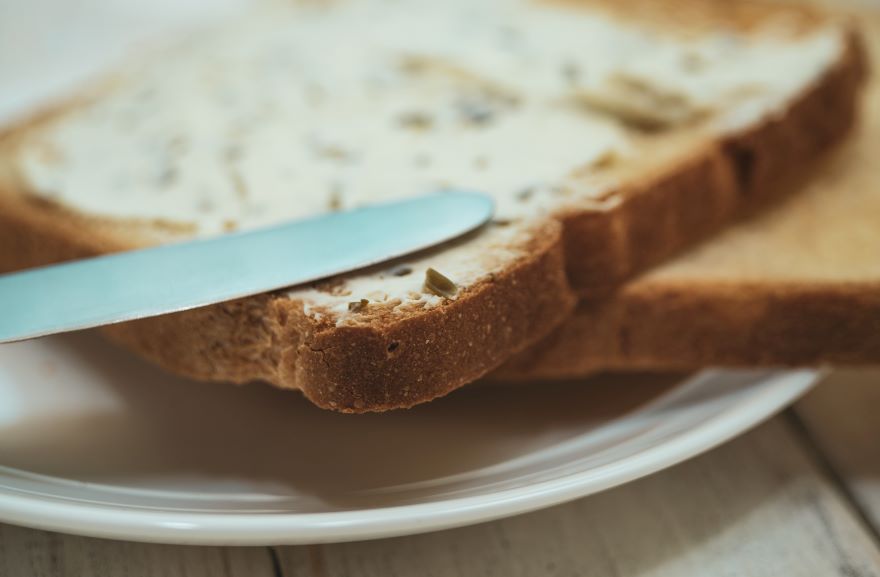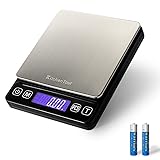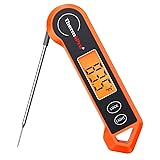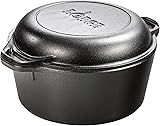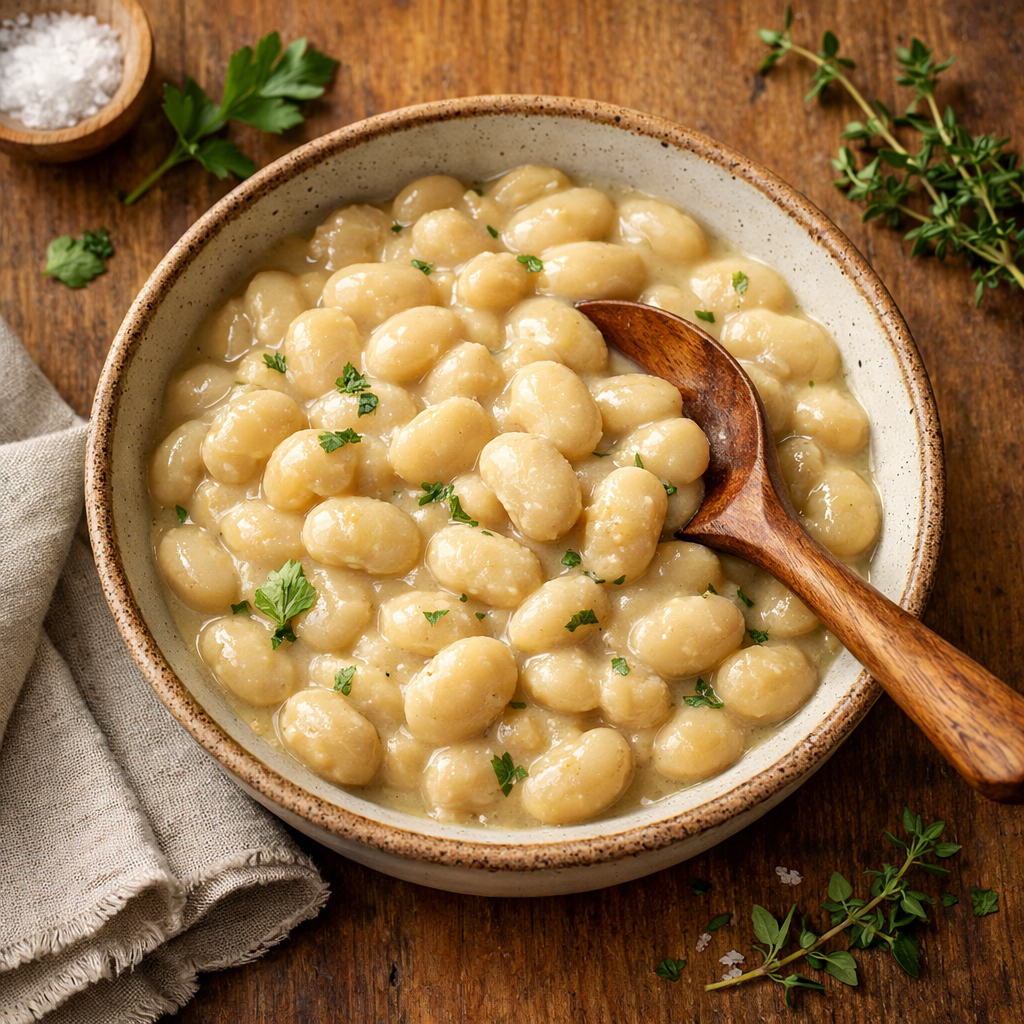I never thought I’d be the person preaching about bread that is dairy-free, but here I am, completely transformed by a journey that began with a disastrous kitchen experiment. Picture this: me, standing in my kitchen on a cold January morning, covered in flour, fighting back tears as I stared at my seventh failed attempt at making a simple loaf of bread. My recent diagnosis of lactose intolerance had turned my world upside down, and that morning’s rock-hard disaster was the breaking point.
But let me back up and tell you about the bread that is my dairy-free disaster that actually changed my life. It was my son’s fourth birthday, and I had spent hours attempting to create a special bread for his party – one that both of us could eat with our dairy sensitivities. What emerged from the oven looked more like a medieval weapon than a loaf of bread. As I watched his face fall, something inside me shifted. That moment of disappointment became my catalyst for change.
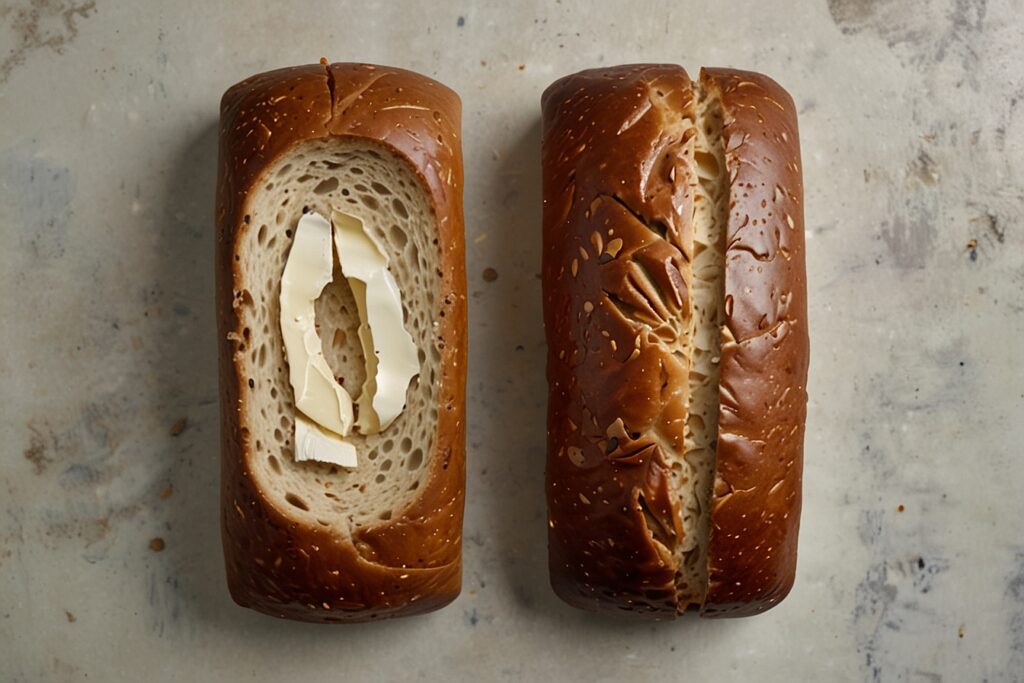
The Beginning: Finding My Way Through the Fog
My journey into bread that is dairy-free started from a place of desperation. Every morning, I’d wake up missing the warm, comforting slice of homemade bread I used to enjoy. Store-bought alternatives left me unsatisfied, full of preservatives and lacking that homemade touch. I knew there had to be a better way.
The turning point came when I stopped trying to replicate traditional dairy-filled recipes and started embracing the unique qualities of dairy-free ingredients. This revelation led to my first successful recipe, which I now call my “New Beginning Bread.”
Making bread that is dairy-free requires precise measurements for the best results. During my journey, I discovered that investing in a quality kitchen scale revolutionized my baking. The KitchenTour Precision Digital Scale has been my trusted companion – its 0.1g accuracy and sleek stainless steel platform make measuring ingredients a breeze. Plus, its ability to convert between units saved me countless recipe conversion headaches.
- #PRECISE MEASUREMENT# - KitchenTour EG5001 defines the latest in precision weighing technology with measurement range 0.05g-500g. The precision of 0.01g which is especially perfect for baking or cooking.
- #MULTI-FUNCTIONAL LAB/KITCHEN SCALE# - Calculate in g, oz, ct, dwt, ozt, gn and convert between units instantly with pressing M button without having to re-measure. The TARE function for zeroing the weight of the object on the platform.The PCS function enables small identical items counting such as pins, beads, screws. It also features PCS, auto-off, low battery power, overload, and uneven surface placement indicator functions for your daily use.
- #SUPERIOR QUALITY MATERIAL# - Constructed with a high-quality 304 stainless steel platform and ABS plastic frame, this digital kitchen scale is durable and easy to clean and maintenance.The 4.9*3.9*0.7inches small size is also convenient to bring to the laboratory for use.
- #LIGHTWEIGHT & COMPACT DESIGN# - The sleek aesthetic complements any kitchen decor.The High-sensitivity touch activated keys also make for an elegant and clean design. With the back-lit reverse LCD display, weighing is quick and easy. Calibration is possible with 200g and 500g weights - See the product videos.
- #A Multifaceted Assistant in Life# - Comes with two trays (13cm, 10cm), which can be used as protectors or scale trays. It can also be used beyond the kitchen to meet your needs for measuring different things such as medicine, jewelry, cosmetics, DIY fertilizers (Planted Aquarium), fluids for acrylic flow painting,mica powder, scrap gold / and silver, small crawling pets, etc.
Recipe #1: New Beginning Basic Bread
The story behind this recipe: After weeks of failures, I discovered that replacing dairy wasn’t about finding exact substitutes – it was about rethinking the entire bread-making process.
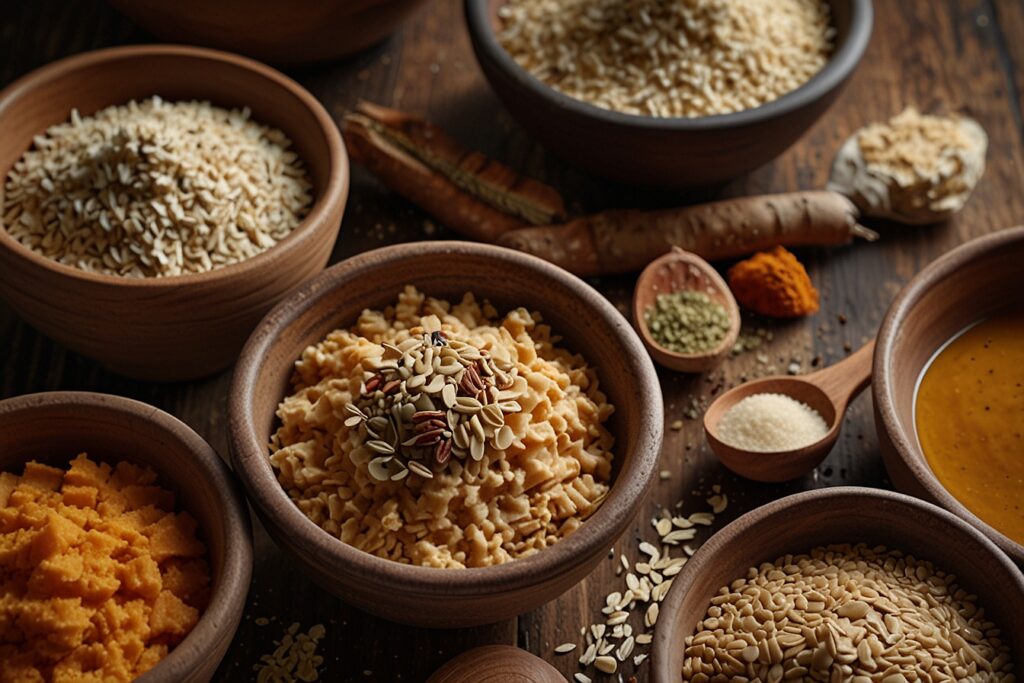
Ingredients:
- 3 cups organic whole wheat flour
- 1 cup oat flour (freshly ground)
- 2¼ teaspoons active dry yeast
- 2 tablespoons pure maple syrup
- 2 tablespoons cold-pressed olive oil
- 1½ cups warm filtered water
- 1 teaspoon pink Himalayan salt
- 1 tablespoon ground flaxseed
- ½ cup pureed sweet potato (my secret moisture-keeper)
The first time this bread came out perfectly, I sat on my kitchen floor and cried. The texture was soft and pillowy, with a golden crust that crackled just right. The sweet potato not only added moisture but also brought a subtle sweetness that made every bite memorable. This bread didn’t just feed my body – it nourished my soul.
Overcoming Challenges: The Heart of Growth
Making bread that is dairy-free presented unique challenges. Getting the right moisture balance was like solving a complex puzzle. Traditional bread relies on milk proteins for structure and butter for richness. I spent countless hours researching alternatives, experimenting with different ingredients, and learning about the science of bread making.
This led to my second breakthrough recipe, which I developed during a particularly challenging period of self-doubt.
One game-changing discovery in my dairy-free bread adventure was the importance of maintaining consistent dough temperature. The ThermoPro TP19H Waterproof Digital Thermometer became my secret weapon for perfect bread every time. Its ultra-fast reading capability and waterproof design let me check dough temperature instantly, ensuring ideal fermentation conditions whether I’m making a quick loaf or long-fermented sourdough.
- 2.0 inches large auto-rotating backlit display: Candy thermometer has a 180° auto-rotating backlit display, making this kitchen thermometer perfect for left-hand users and allows you to use it in low light conditions
- Motion sensing sleep/wake: Directly turns on and off by the probe opens or closes; instantly wakes when picked up the digital food thermometer and sleeps when set down to save battery power; up to 3000 hours with included 3A battery
- IP65 Waterproof & Convenient Storage: Quickly clean the meat thermometers for grilling with probe under running water; features a magnetic back to allow for placement on any metal surface or use the hang hole for hooks
- 3-4 seconds ultra fast response time with highly accurate to ±0.9, instant read meat thermometer features 4.3 inches food grade stainless steel probe, suitable for measure any type of food temp with the cooking thermometer
- Lock and Calibration: instant read food thermometer features lock function to lock the temperature on the display,so you can read temp away from the heat; Keep your temperature probe always accurate through calibration function
Recipe #2: Power-Packed Multigrain Loaf
The story behind this recipe: I wanted to create something that would prove bread that is dairy-free could be both nutritious and delicious.
Ingredients:
- 2 cups sprouted spelt flour
- 1 cup quinoa flour
- 1 cup amaranth flour
- 2¼ teaspoons active dry yeast
- 2 tablespoons raw honey
- 3 tablespoons hemp seed oil
- 1¾ cups warm water
- 1 teaspoon sea salt
- ¼ cup chia seeds
- ¼ cup sunflower seeds
- 2 tablespoons ground flaxseed
- 1 mashed ripe banana (natural binding agent)
This bread became my daily companion. It sustained me through long workdays and became my go-to for post-workout meals. The combination of sprouted grains and seeds created a protein-rich loaf that kept me satisfied for hours.
The Unexpected Transformation
As I mastered bread that is dairy-free, something unexpected happened. My energy levels soared, my digestive issues improved, my skin cleared up. But the most significant change was in my mindset. I stopped seeing dietary restrictions as limitations and began viewing them as opportunities for creativity.
This newfound confidence led to my third and most ambitious recipe.
Recipe #3: Artisanal Sourdough Masterpiece
The story behind this recipe: I wanted to prove that bread that is dairy-free could rival any artisanal bakery creation.
Ingredients:
- 4 cups organic bread flour
- 1 cup rye flour
- 1½ cups active sourdough starter (made from quinoa flour)
- 1¾ cups filtered water
- 2 teaspoons pink Himalayan salt
- ¼ cup pumpkin seeds
- 2 tablespoons hemp seeds
- 1 tablespoon dried herbs (rosemary, thyme, sage)
Creating this sourdough taught me patience and intuition. The starter became like a pet, requiring daily attention and care. When I finally mastered this recipe, it changed everything. People couldn’t believe it was dairy-free. They’d ask, “But how does it taste so rich without butter?”
The Ripple Effect
My journey with bread that is dairy-free affected every aspect of my life. My kitchen transformed into a laboratory of healthy experimentation, and my shopping habits changed as I sought out high-quality, wholesome ingredients. Even my relationships evolved – I found myself connecting with a community of people on similar health journeys.
Some days were harder than others. I remember the morning I had to throw out an entire batch of failed rolls before a family gathering. But each setback taught me something valuable. I learned to trust my instincts, to feel the dough, to understand the subtle signs of fermentation and proofing.
A Day in My New Life
Now, my mornings start with the gentle rhythm of kneading dough. The process has become meditative, a form of self-care. I’ve learned that making bread that is dairy-free is about more than following recipes – it’s about connecting with our food on a deeper level.
My son, once disappointed by his dietary restrictions, now proudly helps me in the kitchen. She’s learning that different doesn’t mean less than. Together, we experiment with new flavors and techniques, creating memories along with our loaves.
Practical Advice for Your Journey
Let me share what I wish someone had told me when I started:
- Start with room temperature ingredients. They make a huge difference in how your bread that is dairy-free develops.
- Invest in quality flour. The protein content matters more than you might think.
- Keep a baking journal. Track everything – temperature, timing, humidity.
- Don’t rush the process. Bread that is dairy-free often needs more time to develop flavor.
- Listen to your dough. It will tell you what it needs.
The single most transformative tool in my dairy-free bread making has been my Lodge Cast Iron Double Dutch Oven. This versatile 5-quart cast iron pot creates the perfect baking environment with superior heat distribution and moisture retention. The lid doubles as a skillet, making it even more valuable in my kitchen. When people ask how I achieve that perfect crusty exterior and tender interior in my dairy-free breads, this Dutch oven is my secret. It’s an investment piece that will last for generations, and it’s transformed my bread-baking results completely.
- One Lodge Pre-Seasoned 5 Quart Cast Iron Double Dutch Oven
- Lid converts to a 10.25 Inch Skillet
- Loop handles provide secure control
- Unparalleled heat retention and even heating
- Pre-seasoned with 100% natural vegetable oil
Building Community Through Bread
What began as a solitary journey has blossomed into something bigger. I now host monthly workshops teaching others how to make bread that is dairy-free. The joy on someone’s face when they pull their first successful loaf from the oven makes every moment of my own struggles worth it.

Looking Forward
My relationship with bread that is dairy-free continues to evolve. Each loaf teaches me something new about patience, persistence, and the power of believing in yourself. I’ve learned that restrictions often lead to the most beautiful innovations.
To those just starting their journey with bread that is dairy-free, I want you to know something: every failed loaf, every dense bottom, every collapsed top is part of the learning process. These aren’t failures – they’re stepping stones to success.
Your Turn to Rise
Think about your own journey with food. What challenges have you faced? How have they shaped you? Maybe you’re standing in your kitchen right now, wondering if you can really do this. Let me tell you – you can. Start small, stay curious, and remember that every expert baker was once a beginner who refused to give up.
Making bread that is dairy-free isn’t just about creating something to eat – it’s about discovering who you are when faced with challenges. It’s about finding creative solutions and building resilience. It’s about nourishing not just your body, but your spirit.
Are you ready to start your own journey? Remember, the path might not be straight, but every turn leads to growth. What will your first loaf teach you?
Together, we can transform the way we think about bread that is dairy-free. One loaf at a time, we’re proving that dietary restrictions don’t limit us – they inspire us to create something even better than we imagined possible.

*We may earn a commission for purchases made using our links. Please see our disclosure to learn more.

